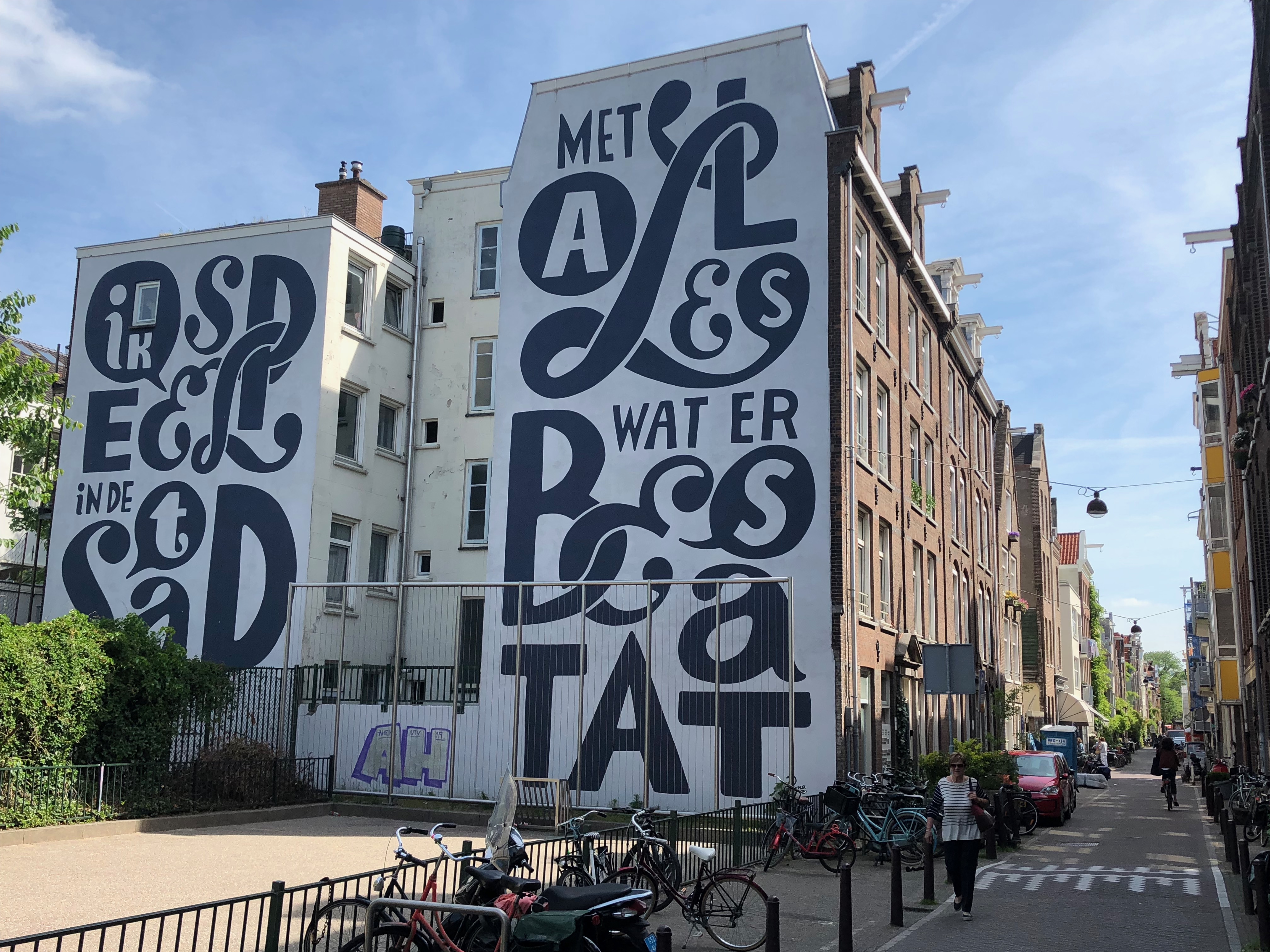The Amsterdam Jordaan area / district


Once in a while, travellers come across cities so interesting they simply extend their stay. There is nothing new about Jordaan, a famous neighbourhood in Amsterdam, the Netherlands, as construction of the area began in the year 1612 already. Then it was known as Het Nieuwe Werck (The New Work).
There were quite a few canals in those days but several were filled in. The area in the 17th century had seen an influx of Spanish, Portuguese, Flemish, Jewish and French refugees and it was a poor district in those days, with open canals and sewers. There was rapid population growth with heaps of migrants looking to escape religious persecution in Europe and come to the more liberal Netherlands. It was known to be an area of poverty.
The famous artist, Rembrandt van Rijn andDutch writer Joost van den Vondel lived in the Jordaan. The famous artist’s house was on the Rozengracht Canal and he was buried in a poor man’s grave in the Westerkerk. Also, Anne Frank’s house, where she went into hiding during World War II, is found on the Prinsengracht Canal, on the edge of the Jordaan.
The area has had a fairly stormy history with riots and strikes, but today it is one of the most famous neighbourhood in the Netherlands. It was once a working-class bastion with a tight sense of community and a love for wine and song. The music scene in the neighbourhood was particularly lively in the 20th century, and to this day, you’ll find quite a few statues of popular musicians, one of which is singer Willy Alberti. There is a memorial plaque of him on the Westerkerk Church. There is also the popular Jordaan Festival which is celebrated each year.
It was in the 1960s that many of the working class residents moved out of the city to more affordable locations and the Jordaan started changing, with new art galleries, boutiques and restaurants starting to emerge. There are excellent shops as well as open-air markets which bring a festive air to the area.
Today the Jordaan area extends from Brouwersgracht and continues around the western side of Canal Ring and ends at Leidsegracht. Some areas are more geared towards- and more sought after by tourists. There are also quite a few attractive courtyards with beautiful gardens and restored homes. Sometimes these yards are specially opened on Sundays and free music concerts are held which are known as hofjesconcerten.
There are some fascinating side streets that were once run-down but today are filled with delightful shoes such as bakeries and cafes and you can take a seat and simply watch the neighbourhood going about their business. It is interesting to note that from the past, many houses in this area have a stone tablet outside the home dating to the 16th century and providing details on what the profession of the family was.
Today beautiful Victorian and Old Dutch architecture can be seen in Jordaan, an area not short on entertainment options. There are trendy cafes, bars, restaurants, galleries and museums and you can have a meal or browse through the wonderful selection of shops. Once an area of trouble and unhappiness, today the Jordaan area has undergone a magical transformation. Today it is brimming with creativity, entertainment and energy.